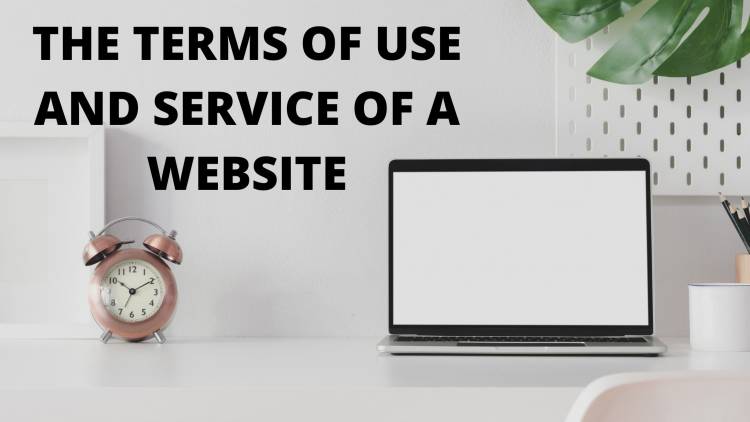Lean Startup methodology and product development
Before starting any business, one should probably first think of a business idea that is new to the market and will most likely be highly profitable, then create a business plan, which is then pitched to investors to obtain funding for the business plan and finally launch the business into the market. This entire process might take months, and by the time of launch, another product may have already been released that is better and more efficient than yours. Here comes the lean Startup methodology. This method has transformed how companies approach product engineering and development, allowing them to build more successful and customer-centric products. It actively collaborates with consumers to develop a product or service they require, saving time and money while placing you in a better position. Lean Startup has emerged as a game changer, and grasping its concepts is critical for anybody in product engineering and development. In this research article, we will look at the influence o

Lean Startup and its Principals
Eric Ries has created the Lean Startup method, an approach to product development that prioritizes efficiency and is customer-centric. It aims to manage and build a Startup by experimenting, testing, and iterating while developing the products based on the findings from your tests and feedback. The principles of lean Startup apply to many product development strategies. The most foundational concepts are the minimum viable product, MVP, and the “Build, Measure, Learn” cycle.
- Minimum Viable Product (MVP)- The first and essential stage is to create a minimally viable product. This will be the most basic version of the product, with only the necessary functionality to determine whether or not the product will satisfy the demands of the users. It may assist in determining if a proposed product is likely to succeed, allowing you to get valuable insights and make informed choices regarding product development.
- Build, Measure, Learn- The lean Startup technique involves building, measuring, and learning. The first step is to create a draft version of the product, the second step is to measure it by taking your MVP to different customers who, after testing your product, can provide you with valuable feedback, and the third step is to learn from the feedback provided on your MVP, and then using the data gathered through the use of the MVP, you can now compare it to your idea and make changes to your MVP accordingly. This build, measure, learn feedback loop is a dynamic and continuing cycle that maintains the start-up’s agility, responsiveness, and ability to innovate quickly, all of which are critical traits in a constantly changing environment.
Pivoting and perseverance are also crucial aspects of product development. Lean Startup encourages businesses to adapt and respond to changing market conditions. If your MVP feedback suggests a change in product direction, be prepared to pivot and adjust. On the other side, if your product is gaining success, continue and scale your efforts to suit the needs of your growing user base. Implementing these important Lean Startup principles in product development will help you create profitable, customer-focused products while optimizing your product engineering processes for efficiency and creativity.
How does Lean Startup Methodology help the Startups?
The creator of the theory, Ries, created it using his real-life experiences. After understanding how much time, effort, and money entrepreneurs invest in developing a business idea and then launching it and how many fails, he developed this lean methodology technique that educates entrepreneurs to think of their enterprises as experiments. It motivates them to create an MVP and pursue their concept based on consumer feedback, saving them time and money. Its benefits entrepreneurs in several ways –
- It serves as a risk management tool for startups, systematically mitigating risks connected with product development. By producing an MVP, businesses may receive customer feedback, which will assist them in detecting and correcting any product flaws and allow them to make educated decisions based on feedback.
- The Lean Startup methodology emphasizes efficiency in developing a Minimum Viable Product (MVP) to speed up product launches and facilitate real-world feedback. It advocates for an iterative development process to minimize waste by quickly testing and adjusting based on user responses, thereby saving time and resources. This approach helps focus on creating value-driven features and enables quick adaptation to market changes, increasing the likelihood of success while being resourceful.
- Entrepreneurs ensure that their products meet genuine market demands and preferences. The continuous Build-Measure-Learn cycle enables fast revisions based on user feedback, resulting in solutions that are not only creative but also customised to the changing demands of the target audience. This client-centric strategy not only improves the quality of the final product, but it also builds a closer relationship between the entrepreneur and their consumer base, resulting in long-term success.
- The Lean Startup methodology promotes adaptability and innovation by encouraging a mindset of continuous improvement. Through the Build-Measure-Learn Feedback Loop, entrepreneurs can swiftly iterate on their products, incorporating insights gained from each cycle. This rapid adaptability is crucial in dynamic markets where consumer preferences and industry trends can change rapidly. The methodology enables entrepreneurs to stay ahead of the curve, responding to emerging opportunities or challenges with agility. By fostering a culture of innovation, the Lean Startup methodology positions entrepreneurs to navigate uncertainties and capitalize on evolving market dynamics.
- The Lean Startup methodology bases choices on proven learning from real-world experiments and data analysis. During the Measure phase, entrepreneurs collect significant indicators that allow them to objectively examine the product's performance and market acceptance. This data-driven strategy eliminates dependence on assumptions and intuition, laying the groundwork for sound strategic decisions. Entrepreneurs may pivot or continue based on actual facts, ensuring that each move forward is supported by a thorough grasp of the marketplace. This emphasis on data promotes a more informed and analytical approach, so improving the accuracy and efficacy of entrepreneurial decision-making.
Conclusion
The Lean Startup technique fundamentally transforms product engineering and development by emphasising fast iteration, feedback from customers, and the creation of a minimal viable product (MVP). This method improves product efficiency and effectiveness, allowing organisations to reduce risks, respond more quickly to market changes, and increase their chances of success. A key feature of Lean Startup is its emphasis on saving entrepreneurs' time and resources, allowing them to make more informed investment decisions. Adopting Lean Startup concepts dramatically lowers waste since goods are built in a streamlined and cost-effective manner that includes ongoing testing and refining. This methodology's emphasis on customer input guarantees that goods are built with the end user in mind, which increases the possibility of market success. Furthermore, the MVP model promotes rapid learning and adaptability to user demands, which makes the product development cycle more agile. Implementing Lean Startup concepts develops an entrepreneurial culture, encourages innovation, and accepts failure as part of the growth process, making product engineering more dynamic and flexible.












